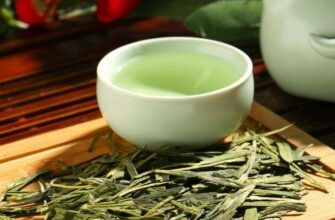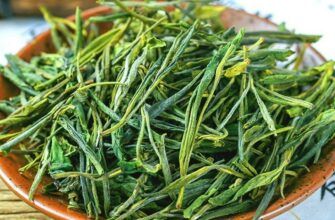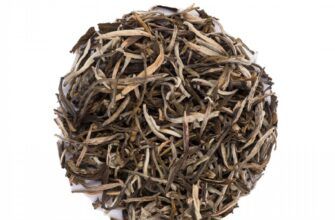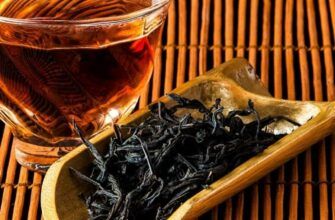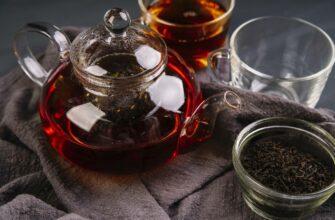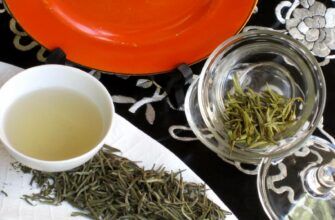Yellow tea is a fairly rare type of tea that is slowly gaining popularity in Western countries. This tea is made only in China, and its production has an interesting history. As the name suggests, yellow tea has the yellow color of the brewed leaves and infusion.
This color is obtained by adding an extra step to the production process, the so-called "hermetic yellowing", which is a slow process of oxidation of tea polyphenols such as catechins. This step gives the tea leaves a luscious bright yellow color, but does not make this tea taste grassy like green tea.
Varieties of yellow tea:
Junshan Yinzhen (Junshan Yinzhen)
A type of yellow tea made from buds produced on Junshan Island in Dong Ting Lake, Hunnan Province. It is the only yellow tea in the top ten Chinese teas.
Meng Ding Huanghua
A type of yellow tea whose buds are harvested in a special way, which gives them a flat shape. Mainly produced in Men Shan, Sichuan Province
Huoshan Huanghua
A type of yellow bud tea, mainly produced in Dabien Shan, Huo Shan, Anhui Province
Tea Yellow Small Leaf
Yellow tea from tea shoots. There are one or two tender leaves per bud, including Weishan Maojian, Beigang Maojian, Yuan'an Luyuan, Wenzhou Huangtang.
Tea Yellow Large Leaf
Yellow tea with two to five tea leaves per bud, including large-leaved yellow Huoshan tea, Baiyun Tea, Guangdong Dayeqing tea.
Yellow tea health benefits
Yellow tea is a fermented tea. Since a lot of digestive enzymes are produced during hermetic fermentation, drinking yellow tea has a beneficial effect on the functioning of the spleen and stomach. Yellow tea helps with indigestion, stimulates appetite and helps in the fight against excess weight.
During the processing of yellow tea, it retains an anti-inflammatory substance (up to 85%), which is an effective tool in the fight against cancer and other diseases. Recent scientific studies have shown that yellow tea is rich in polyphenols, polysaccharides, vitamins and amino acids, which is of particular importance in the treatment of esophageal cancer.
Read more:
